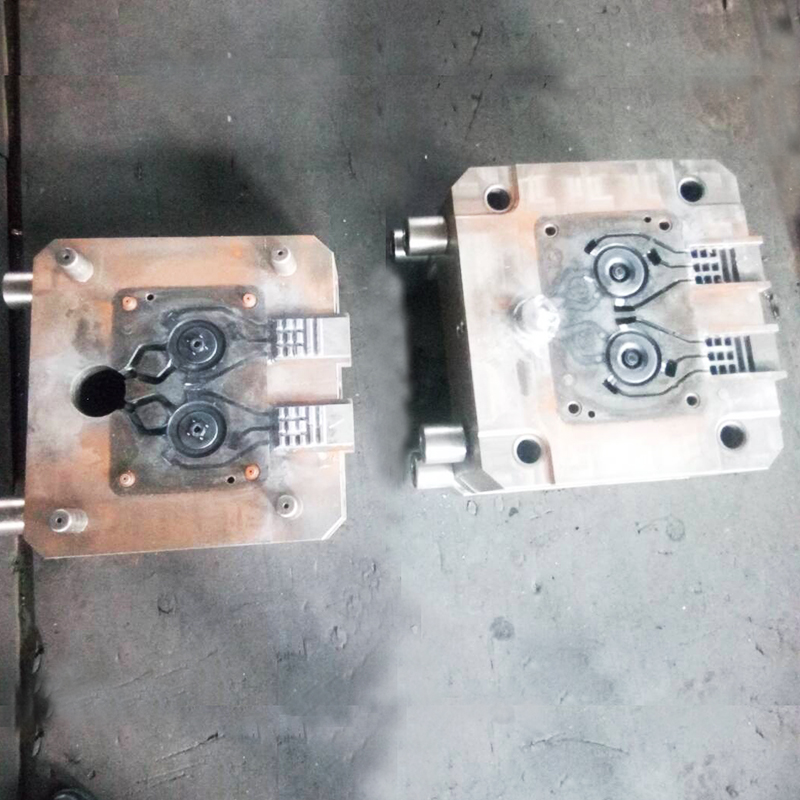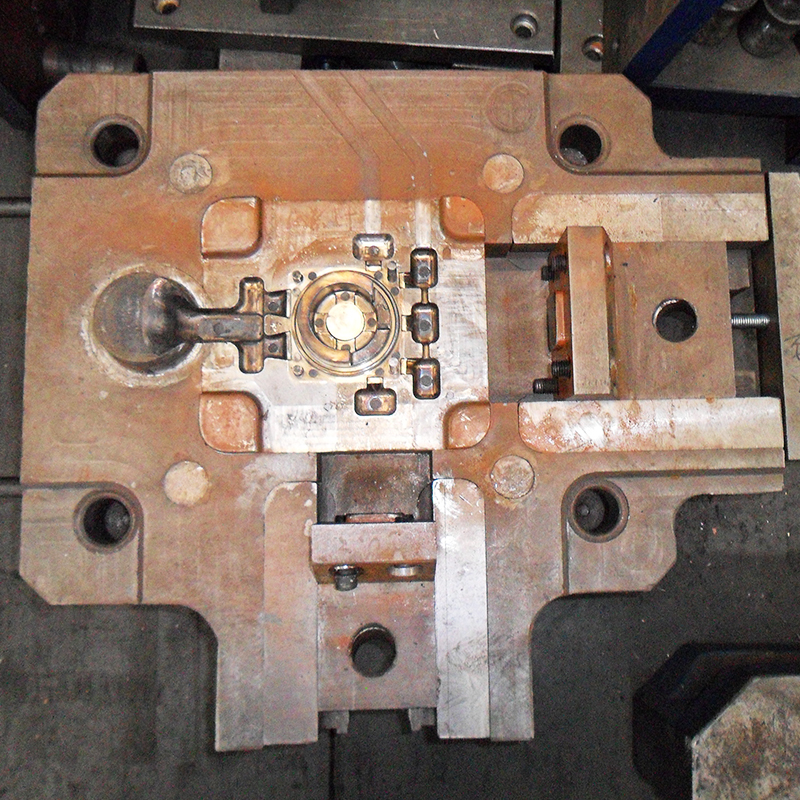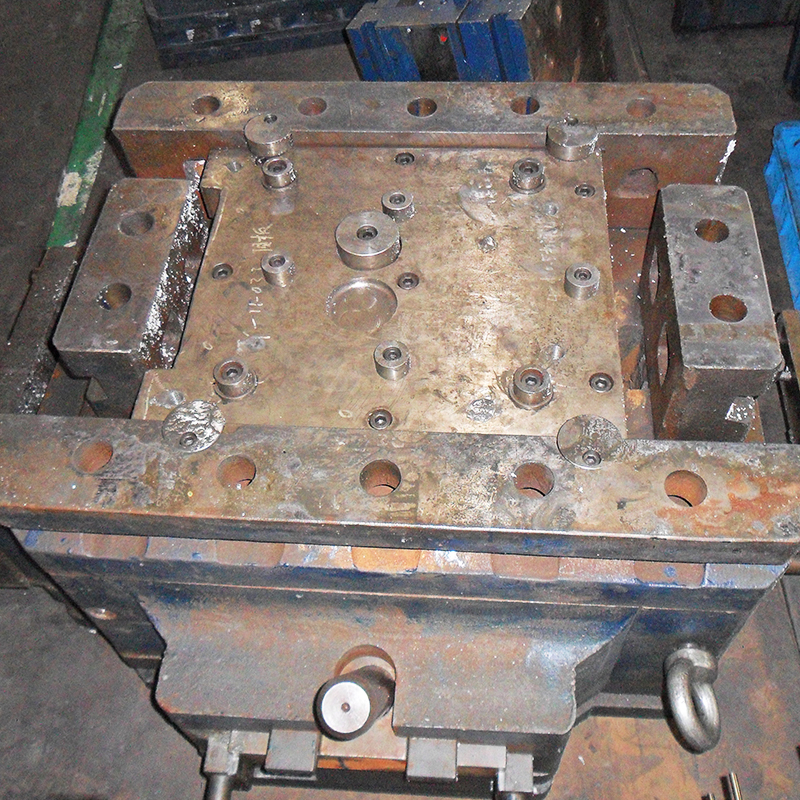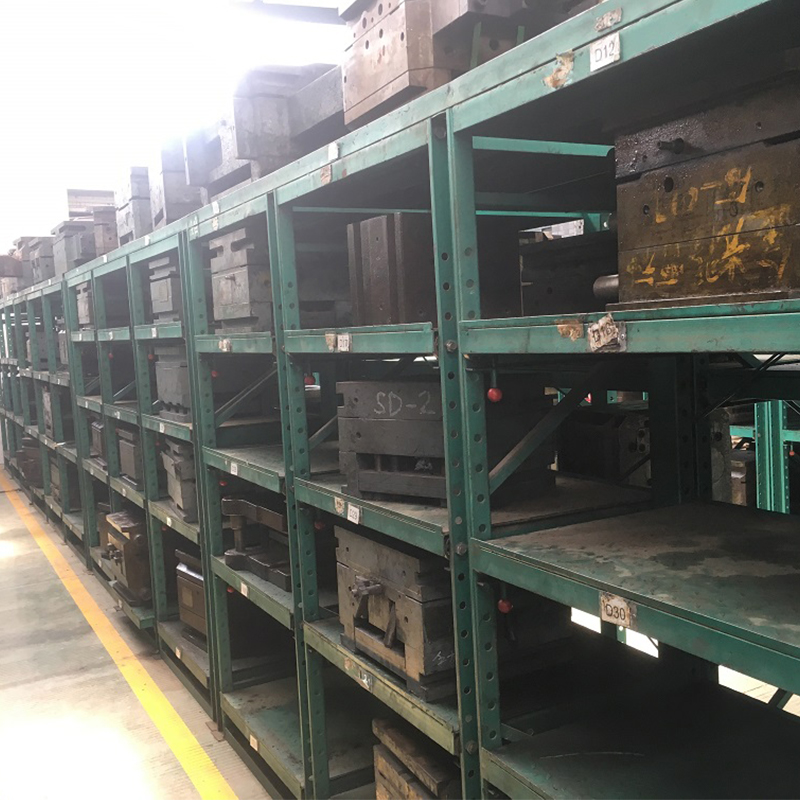Jul 03, 2022
What Factors Affect the Aluminum Die Casting Mold Life
Aluminum die casting mold is a widely used mold at present. Due to the long production cycle, large investment and high manufacturing precision, the cost is high, so it is hoped that the aluminum die has a long service life. However, due to the influence of a series of factors such as materials, machining, use and so on, the molds often fail prematurely and are scrapped, resulting in great waste. The basic factors affecting the service life of aluminum die and the corresponding precautions are analyzed from the aspects of material selection, design, manufacture and use of die.
1、 Materials
The influence of mold material on mold life is reflected in three aspects: whether the selection of mold material is correct, whether the material is good and whether the use is reasonable. Statistical data show that due to improper material selection and heat treatment, about 70% of the molds fail early. Aluminum die-casting mold belongs to hot working mold, and the service conditions are extremely poor. The melting point of aluminum is 580-740 ℃, and the temperature of molten aluminum is controlled at 650-720 ℃ during die casting. In the case of die casting without preheating the die, the temperature of the cavity surface will rise from room temperature to liquid temperature, and the cavity surface will bear great tensile stress. When opening the top part of the mold, the surface of the cavity bears great compressive stress. After thousands of die-casting, the surface of the die will have cracks and other defects. Therefore, the requirements for aluminum die materials are high.
2、 Structural design
The die design manual introduces in detail the problems that should be paid attention to in the design of aluminum die casting die. It should be emphasized that the structural design of the die should try to avoid sharp rounded corners and excessive cross-section changes. The stress concentration caused by sharp rounded corners can be up to 10 times the average stress. Thus, it is easy to cause early failure of the mold. In addition, attention should be paid to the deformation and cracking caused by subsequent heat treatment due to unreasonable structural design. In order to prevent heat treatment deformation and cracking, the section size should be as uniform as possible, the shape should be as symmetrical and simple as possible, and the blind hole should be opened into a through hole as far as possible, and the process hole can be opened if necessary. Avoid geometric gaps in structural design. Including knife marks, included angles, scouring grooves, holes and abrupt changes in section, etc., to reduce the occurrence of part structure and heat treatment defects.
3、 Machining
Incorrect machining is easy to cause stress concentration, insufficient finish and machining does not completely and evenly remove the decarburization layer formed by rolling and forging. May lead to early failure of materials. In addition, in the process of processing the mold. The thickness of thicker formwork cannot be guaranteed by superposition. Because the steel plate is twice as thick, the bending deformation is reduced by 85%, and the lamination can only play a superposition role. The bending deformation of the two plates with the same thickness as the veneer is 4 times that of the veneer. When processing the cooling water channel, special attention should be paid to ensuring the concentricity during the processing of both sides. If the corners of the head are not concentric with each other, the connecting corners will crack during use. The surface of the cooling system should be smooth, preferably without machining marks. With the progress of technology, we should pay attention to the tracking and use of advanced machining technology, which is conducive to the improvement of the machining accuracy of mold parts, so as to prolong the service life of the mold.
4、 Grinding and EDM
Grinding time may lead to local overheating of the metal surface, high surface residual stress and structural changes, which may lead to grinding cracks. In addition, grinding cracks can be caused by improper pretreatment of the original structure, carbide segregation, coarse grain size, and insufficient tempering. Therefore, under the condition of ensuring the material, pay attention to select the appropriate coolant to control the grinding cooling. Control the grinding speed to reduce cracks.
EDM can form a white bright hardening layer of quenched martensite on the surface of the die after quenching and tempering. The thickness of the hardening layer is determined by the current intensity and frequency during machining. It is deep during rough machining and shallow during finish machining. The hardened layer will cause great stress on the die surface. If the hardened layer is not removed or the stress is eliminated, the die surface is prone to electric cracking, pitting corrosion and cracking during use. The quenching layer or stress relief can be achieved by: ① removing the quenching layer with oilstone or grinding; ② reducing the stress below the tempering temperature without reducing the hardness, which can greatly reduce the surface stress of the mold cavity.
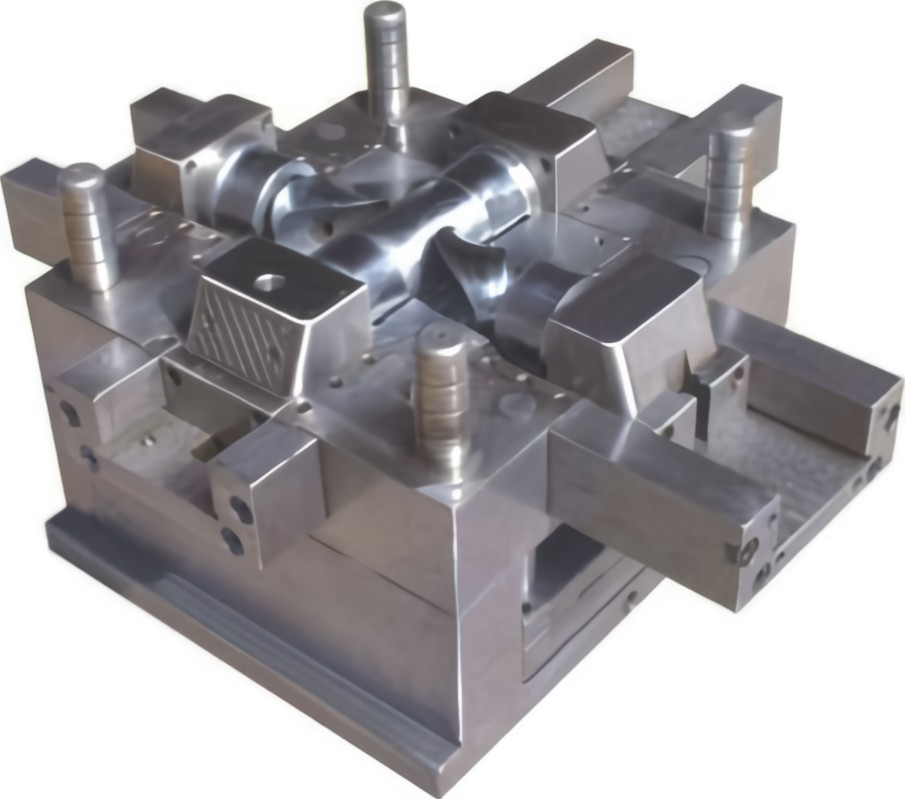
5、 Heat treatment
Improper heat treatment is an important factor leading to early failure of dies. The deformation of heat treatment is mainly caused by thermal stress and structural stress. When the stress exceeds the yield strength, the material will produce plastic deformation. When the stress exceeds the strength limit, it will cause quenching cracking of parts. Attention should be paid to the following points during heat treatment of aluminum die casting dies:
(1) The forgings shall be spheroidized and annealed before being cooled to room temperature.
(2) Quenching and tempering treatment shall be added after rough machining and before finishing machining. In order to prevent the hardness from being too high and causing machining difficulties, the hardness should be limited to 25- 32hrc. Before finishing, stress relief tempering shall be arranged.
(3) Pay attention to the heating temperature and holding time of steel during quenching to prevent austenite coarsening. During tempering, the temperature shall be kept at 20mm / h, and the tempering times are generally 3 times. When there is chlorination, the third tempering can be omitted.
(4) During heat treatment, attention should be paid to the decarburization and carburization of the cavity surface.
(5) During nitriding, the nitriding surface shall be free of oil stain. It is not allowed to touch the cleaned surface directly with hands, and gloves should be worn to prevent the nitriding surface from being stained with oil, which will cause the nitriding layer to be broken.
(6) Between the two heat treatment processes, when the temperature of the previous process falls to the touch of hands, the next process is carried out, and it cannot be cooled to room temperature.
(7) Static quenching, salt furnace quenching and special fixture quenching are adopted to reduce heat treatment deformation.
(8) Tracking and using advanced heat treatment equipment and processes, such as vacuum furnace and flowing particle furnace heating, can improve the surface finish of the mold, help to control heat treatment deformation and prolong the service life of parts.
6、 Production operation
When determining the injection speed of aluminum die-casting mold, the speed should not be too high. Too high speed will promote mold corrosion and increase the deposits on the cavity and core; but too low speed is easy to cause defects in the casting. Therefore, for aluminum die casting mold, the minimum injection speed is 18m / s, the maximum injection speed should not exceed 53m / s, and the average injection speed is 43M / s. The casting process should be strictly controlled during the use of the mold. Within the scope of process permission. Try to reduce the casting temperature and injection speed of molten aluminum, and increase the preheating temperature of the mold. The preheating temperature of aluminum die casting mold is increased from 100-130 ℃ to 180-200 ℃, and the service life of the mold can be greatly improved. At the same time, avoid improper adjustment and operation of the machine tool, resulting in early failure of the mold.
7、 Mold maintenance
1. Remove the deposits in the mold cavity in time. After the mold is used for a period of time, there will be deposits on the mold cavity and core. These deposits are formed by the combination of demoulding agent, coolant impurities and a small amount of die-casting metal under high temperature and high pressure. Some deposits are hard and firmly adhered to the core and cavity surface, which is difficult to remove. When removing the sediment, it can be removed by grinding or mechanical method. Pay attention not to damage other surfaces and cause dimensional changes.
2. Maintain the mold frequently to keep it in good condition. After the new mold is tested, pay attention to stress relief tempering when the mold is not cooled to room temperature. When the new mold is used to 1/6-1/8 of the design life, that is, the aluminum die casting mold is used for 10000 times, the mold cavity and mold base should be tempered at 450-480 ℃, and the cavity should be polished and chlorinated to eliminate internal stress and slight cracks on the surface of the cavity. After that, carry out the same maintenance every 12000-15000 mold times. When the mold is used for 50000 mold times, it can be maintained every 25000-30000 mold times. Through maintenance, the speed and time of cracking caused by thermal stress can be significantly reduced. Effectively improve die life and casting quality.
3. Repair mold defects in time. In case of serious erosion and cracking, nitriding treatment can be carried out on the mold surface to improve the hardness and wear resistance of the mold surface. During nitriding, pay attention to the bonding firmness of the substrate and nitriding layer, and the thickness of the chlorination layer should not exceed 0.15mm. Too thick nitriding layer is easy to fall off at the parting surface and sharp corners. The mold surface defects can also be repaired by welding. During welding, pay attention to the composition matching of welding rod and weldment, cleaning of welding surface and drying of welding rod, trimming and finishing of cavity after welding, and stress relief tempering after welding.
There are many factors that affect the service life of aluminum die, involving many aspects, as a manufacturing industry. It is necessary to correctly design the mold structure, accurately manufacture the mold parts, formulate a reasonable heat treatment process, use the mold reasonably according to the process specification, and repair and maintain it in time, which can give full play to the performance of the mold material and effectively improve the quality and service life of the aluminum die.
Ningbo Fuerd was founded in 1987, is leading full-service die Casting Tooling, aluminum die casting, zinc die casting, Gravity casting manufacturer. We are a solution provider offering a wide array of capabilities and services that include engineering support, designing, molds, complex CNC machining, impregnation, tumbling, chrome, powder coating, polishing, assembly and other finishing services. We will work with you as partners not just suppliers.
NINGBO FUERD MECHANICAL CO., LTD
Website: https://www.fuerd.com

